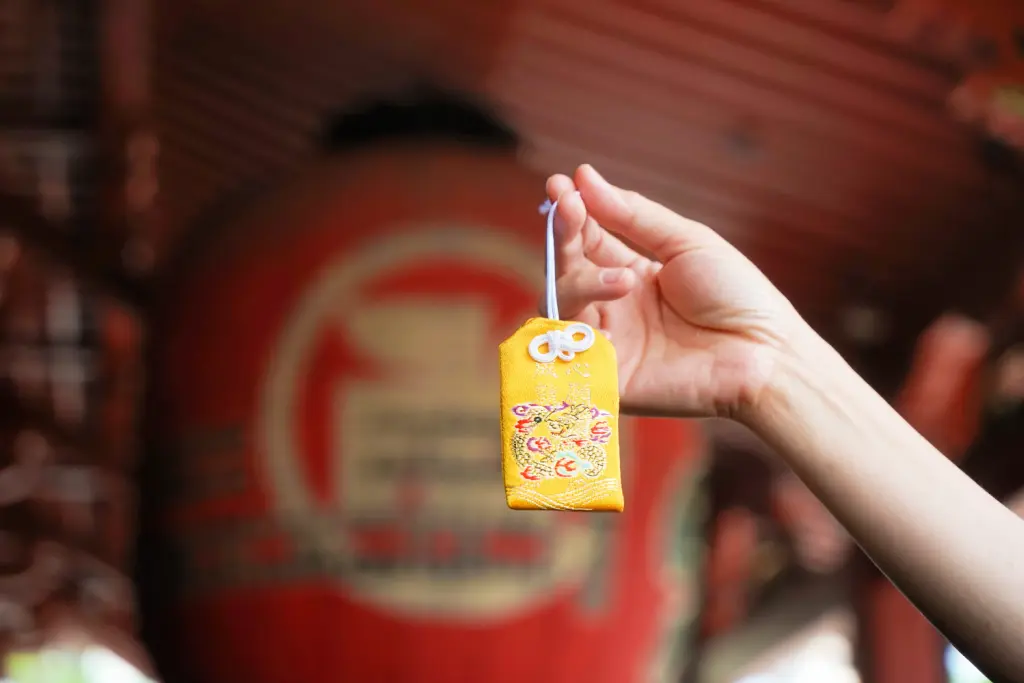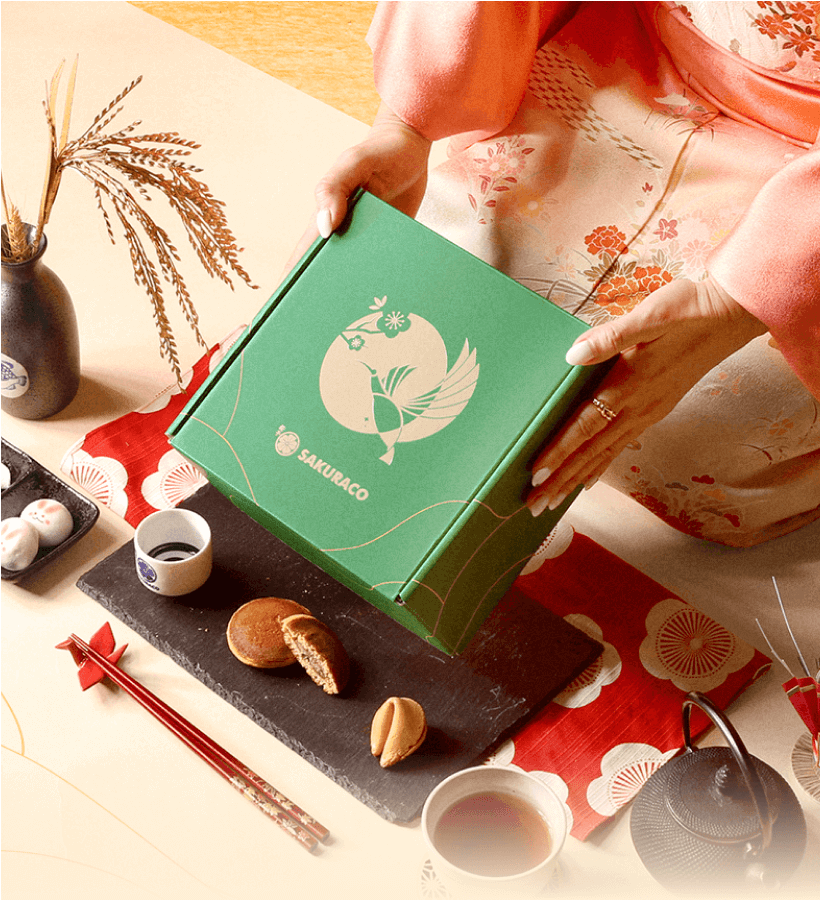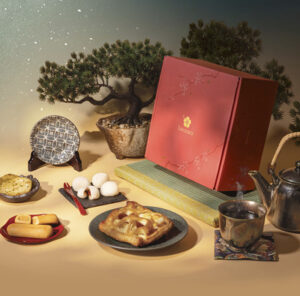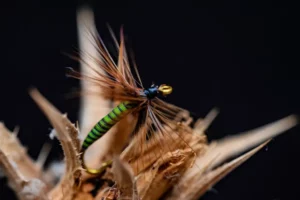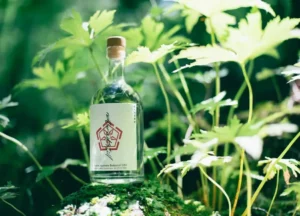In Japan, daily life often blends tradition with modern convenience. You might walk past a vending machine right after visiting a centuries-old shrine. One tradition that has stayed strong over the years is the use of omamori—Japan’s beloved good luck charms.
These small silk amulets are more than just souvenirs. People believe these amulets offer protection, support essential life events, and bring good fortune to whoever carries them. They can help when you need help getting over an illness, passing an exam, or staying safe on a long journey; there’s likely a charm just for that. Let’s explore where these charms come from, their meaning, and how people use them today.
Table of Contents
ToggleWhere did omamori come from?
The story of omamori goes back farther than many people expect. One theory is that they came from magatama, comma-shaped beads made from stone, used as early spiritual tools during Japan’s Jomon Period (14,000–300 BCE). People wore these beads to keep away evil spirits and promote safety.
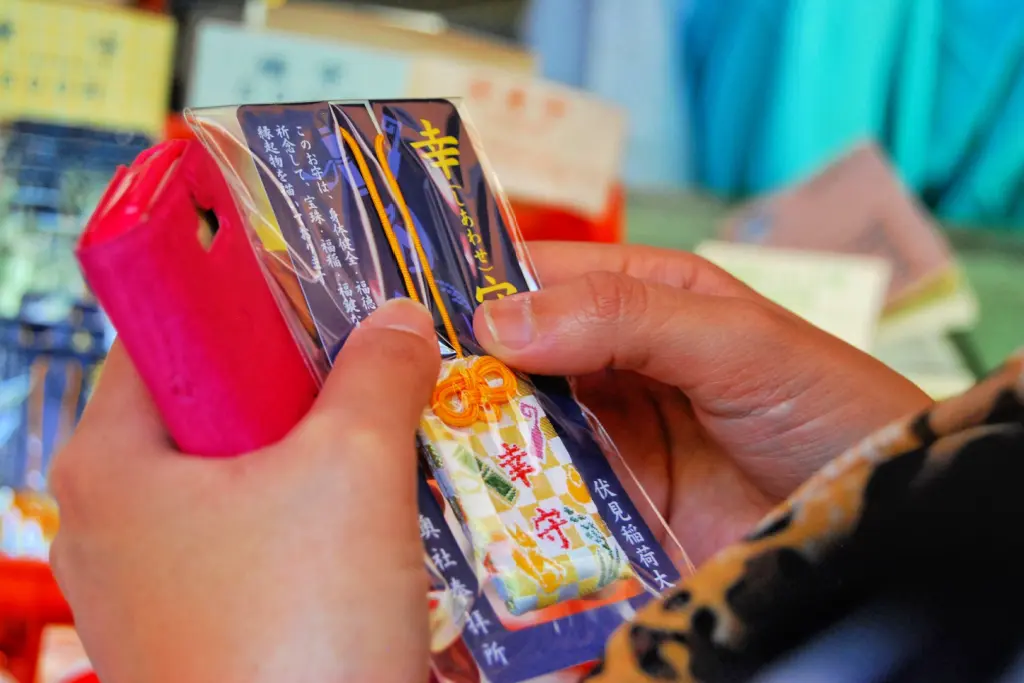
Over time, Shinto and Buddhist beliefs played a significant role in shaping religious customs. When temples and shrines were hard to reach, priests started placing protective objects like small wooden pieces or stones near homes. These items were believed to carry spiritual power from the deity or spirit they represented. Eventually, they became something people could carry, and today they have grown from those early practices.
What do omamori look like today?
Modern omamori retain many traditional features. They’re usually small and wrapped in finely woven silk, with a string or cord attached for tying onto bags, keyrings, or rearview mirrors. Inside each one is a small prayer or blessing written on paper or wood, known as a fuda. The fuda carries the protective or lucky energy of the charm.
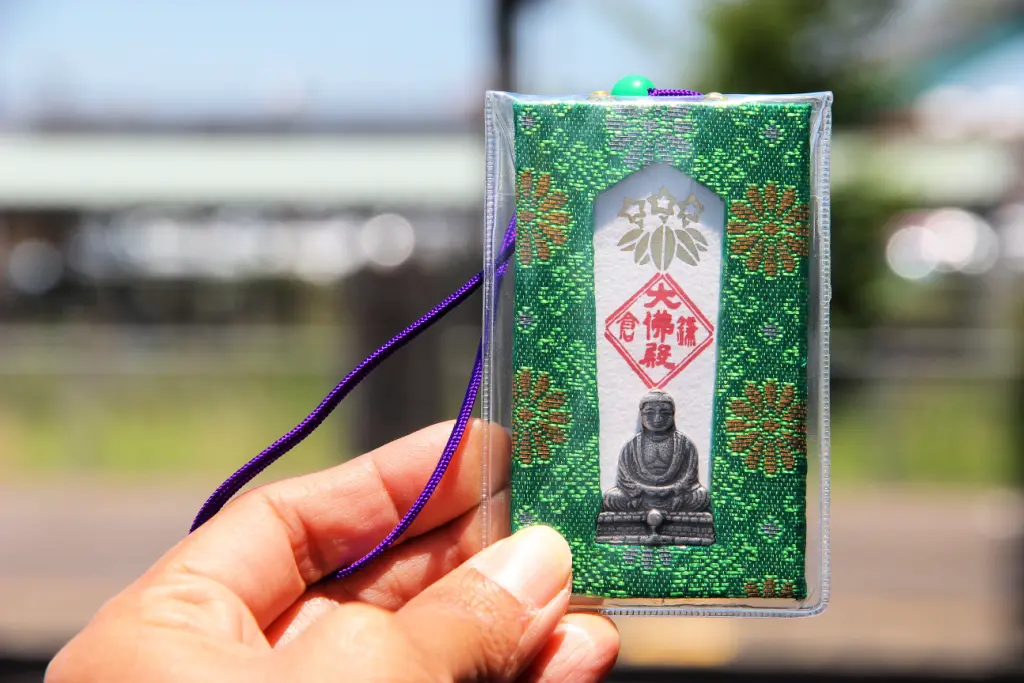
Most of these amulets bear the name of the issuing shrine or temple embroidered in beautiful script on the front or back. Many are designed in bright colors or soft pastels and come in different sizes depending on your preference or the intention of the charm.
Are you looking for great snacks from Japan? Check out Sakuraco! Sakuraco, which delivers traditional Japanese snacks, teas, and sweets from local Japanese makers directly to your door. Enjoy the latest treats directly from Japan!
What types are there?
One of the unique things about these is how specific they can be. From love and happiness to protection and success, there is something made for almost every aspect of life. Here are some of the most common varieties:
Shiawase (Happiness)
This omamori focuses on daily joy. Life can get stressful, busy, or overwhelming; sometimes, we simply forget to appreciate small moments of happiness. A happiness charm is meant to attract positive energy and uplift your spirit. People often give these to loved ones as a thoughtful gift.
Kai-un (Good Luck)
This is one of the most popular types of omamori. If you feel like you’ve been stuck in a bad-luck streak or want to improve your fortune, the kai-un charm might be for you. Sometimes it’s paired with a yakuyoke (evil-warding) charm for even stronger protection against misfortune.
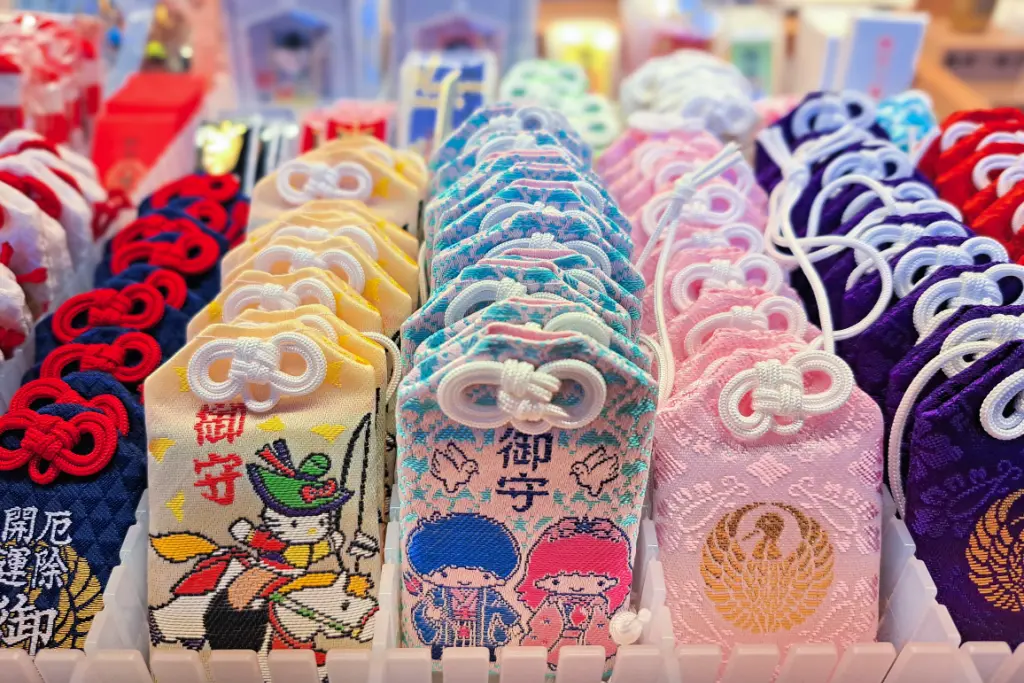
Kotsu-anzen (Traffic Safety)
Everyone travels somehow, and staying safe while traveling is essential. From personal cars to motorcycles and even bicycles, or public trains and buses, this type of omamori brings peace of mind. Many people hang them on their rearview mirrors or tuck them into their bags before a trip.
En-musubi (Love and Marriage)
Relationships bring joy, but they also face challenges. The en-musubi omamori supports strong bonds between lovers, long-lasting marriages, and the hope of finding someone special. Couples sometimes buy them together when visiting a shrine, while singles might pick one up to increase their chances of meeting a future partner.
Kenko (Health)
Health-related omamori are common for people recovering from illness, dealing with chronic conditions, or trying to maintain general wellness. Some versions are more specific, such as those for a safe pregnancy (anzan) or successful surgery (byouki-heiyu). Family members often purchase them to support a loved one through a health journey.
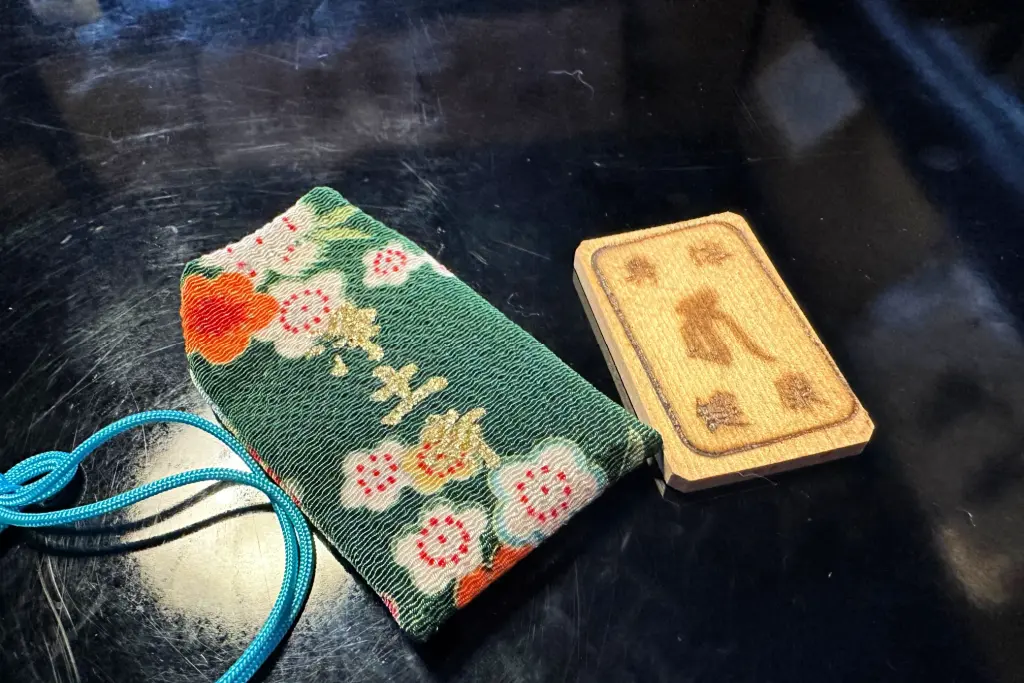
Katsumori (Success and Victory)
These omamori center around goals. Students may carry one during exam season, especially around high school or university entrance tests. Business professionals often turn to them before project launches or hopeful promotions. At some shrines, you’ll even find them tailored just for academic or career achievement, like goukaku (passing exams) or shoubai hanjou (business prosperity).
Kanai Anzen (Family Safety)
Home life is meaningful; many people turn to omamori to protect their family and living space. This kind of charm offers peace and security within the home, both physically and emotionally. It’s often kept quietly in a family altar, hung near a door, or placed respectfully somewhere everyone passes.
How to use an omamori
You can carry it daily once you’ve chosen the right omamori for your needs. Remember: since the blessing inside is sacred, the bag should never be opened. Treating them carefully shows respect to the shrine or temple where it was received. Over time, though, they lose their spiritual power. Most are meant to be used for at least a year. After that, it’s best to return them to the same shrine or temple that issued them so they can be disposed of respectfully.
It’s also worth noting that many people choose to collect these amulets. Some people get a new one every year while traveling across Japan, building up colorful rows of memories on walls or shelves. As long as you treat each one with care and avoid breaking them open, it’s a beautiful way to display Japan’s deep spiritual traditions.
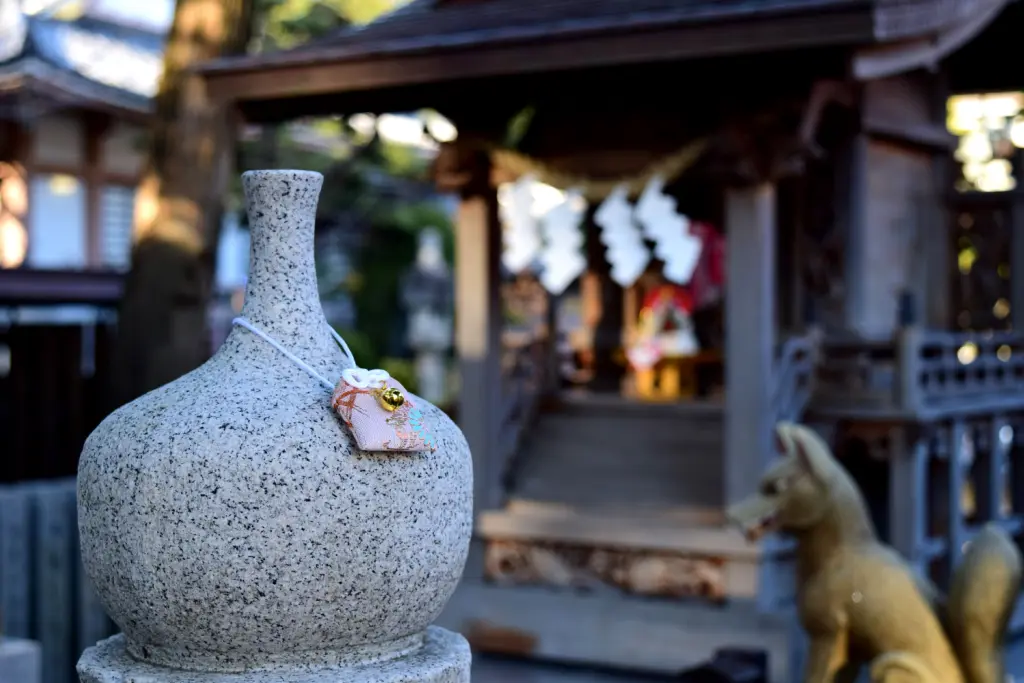
Why do omamori still matter today?
These still matter today because they are small reminders of faith, hope, and intention. They don’t guarantee success or happiness—but for many, they bring comfort, focus, and just enough encouragement to keep going. Their beauty lies in how they connect everyday moments with something more profound: tradition, spirituality, and hope. Do you have a favorite memory or a charm that meant something to you or someone close to you? We’d love to hear your story. Share it with us in the comments below!


